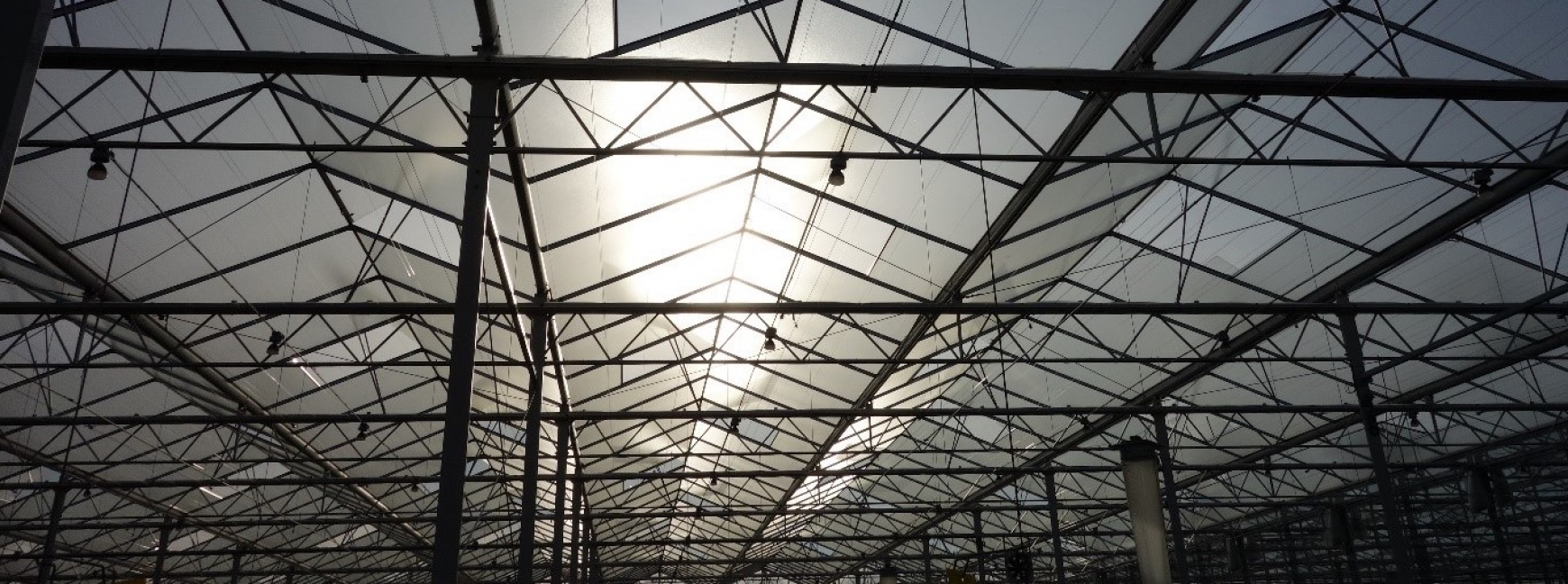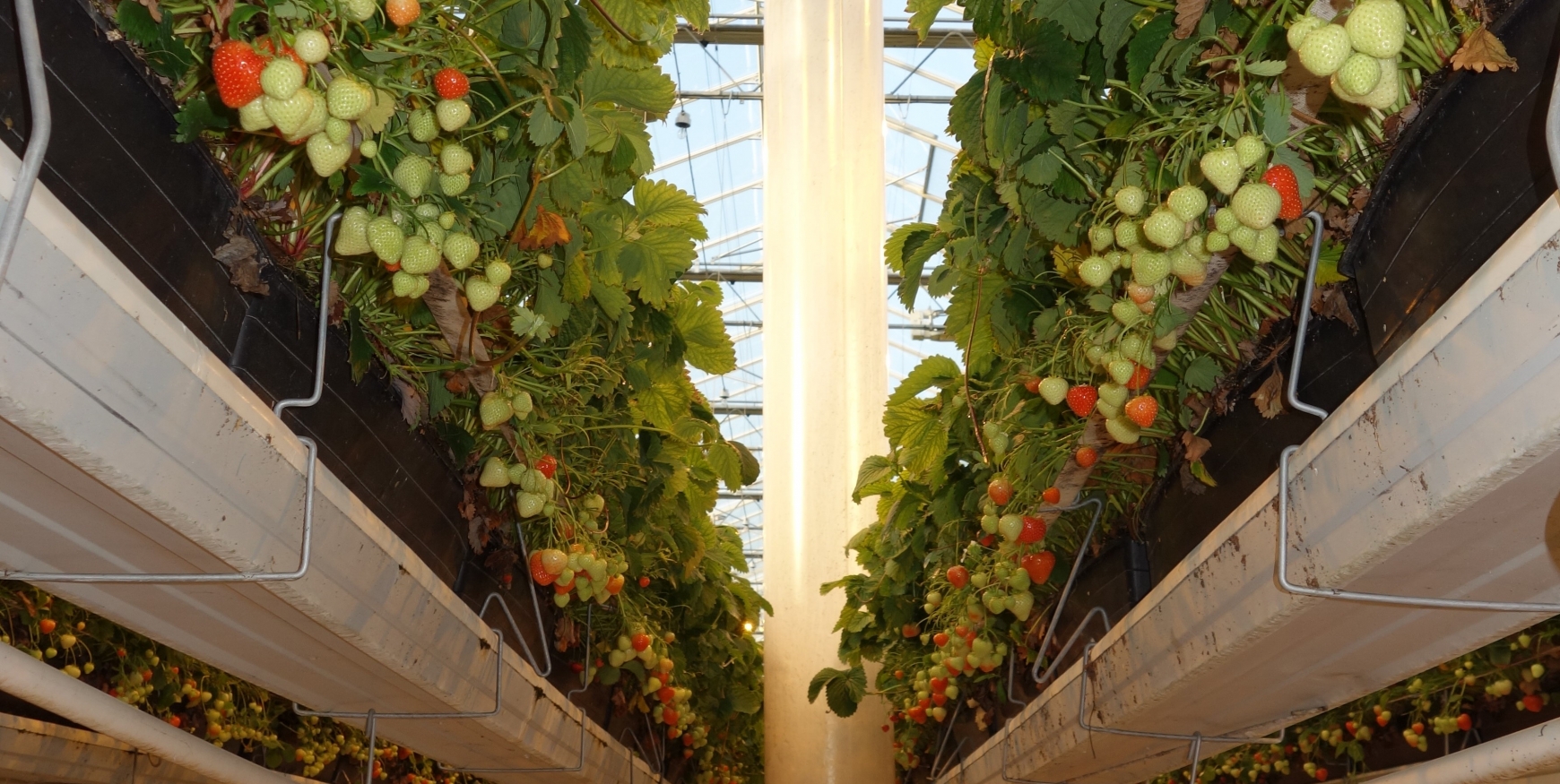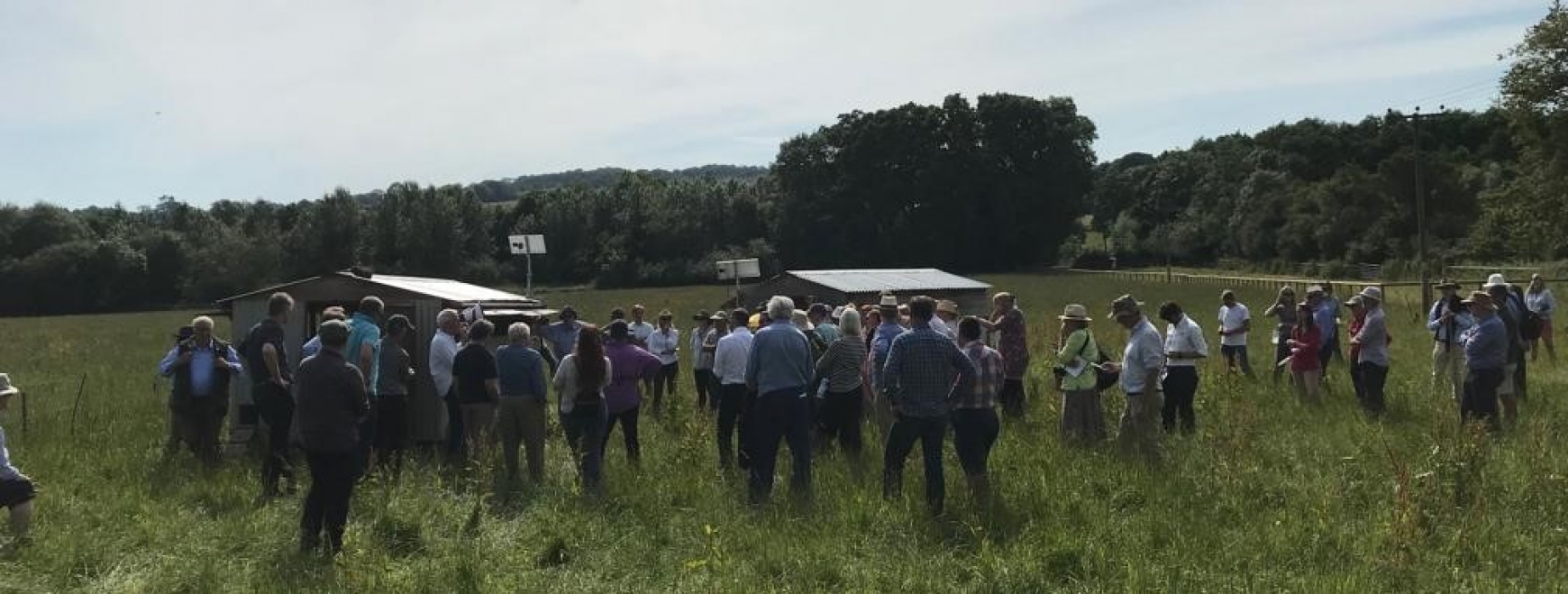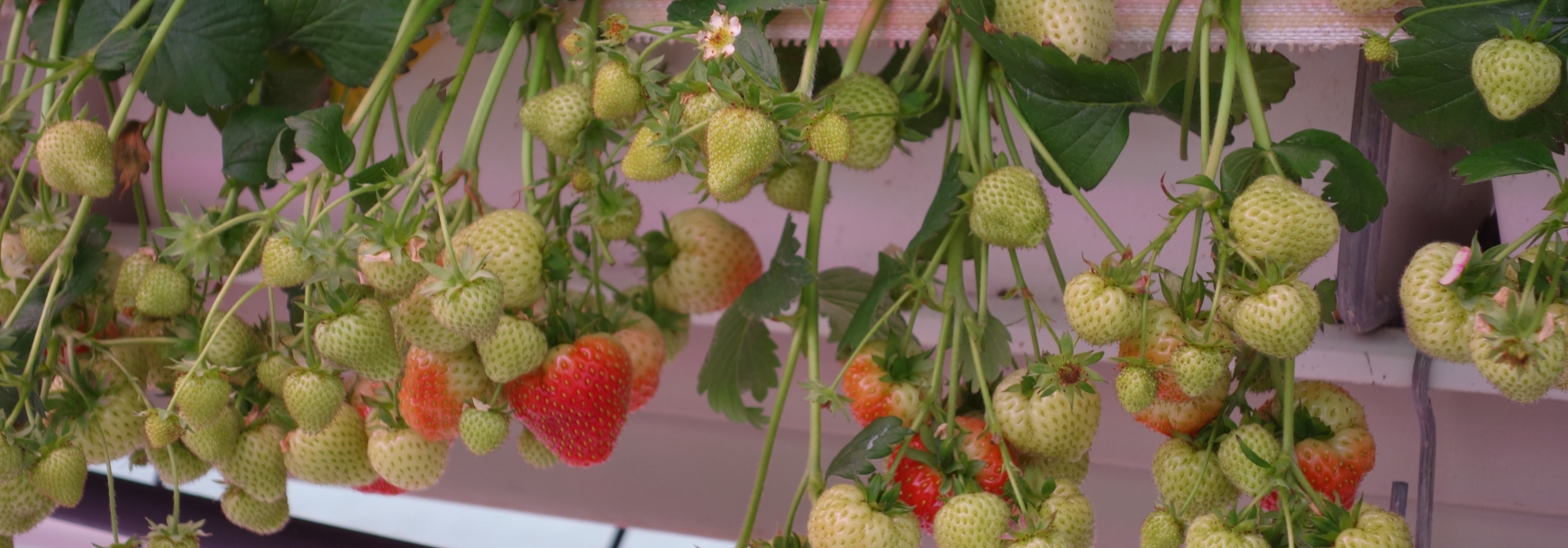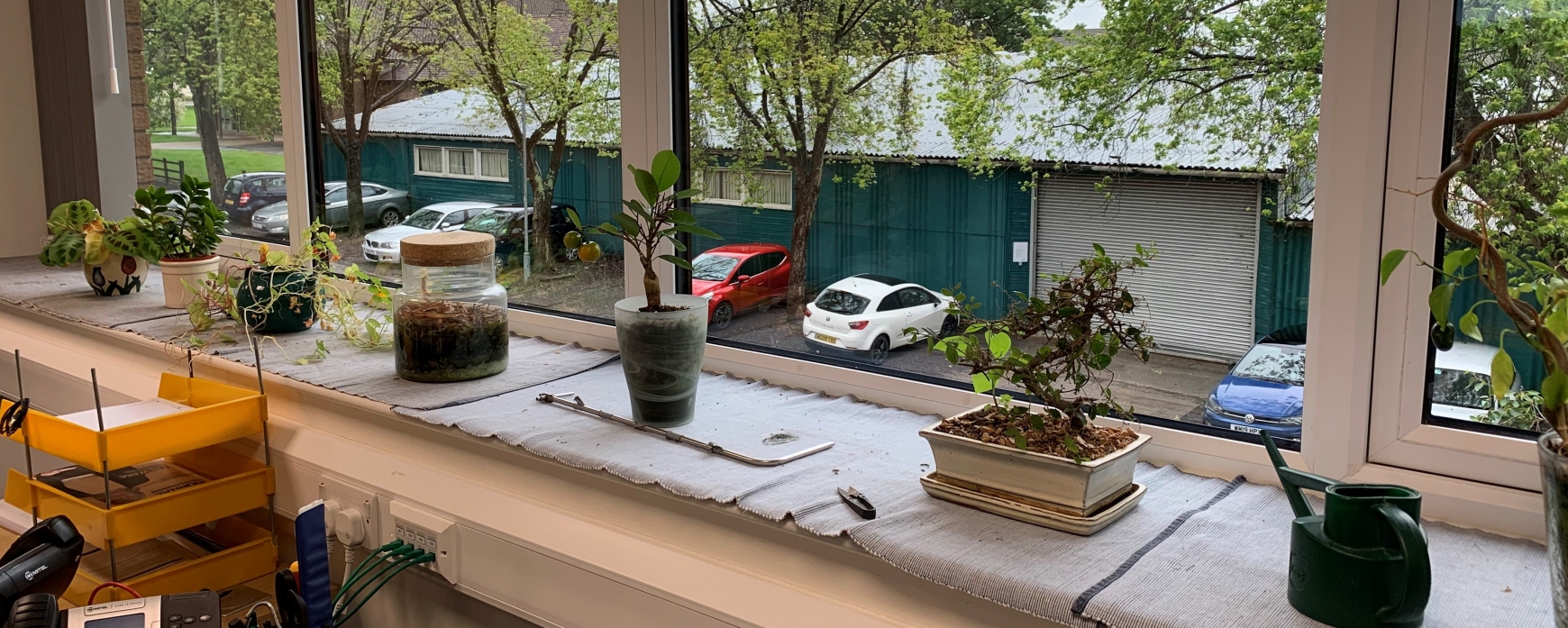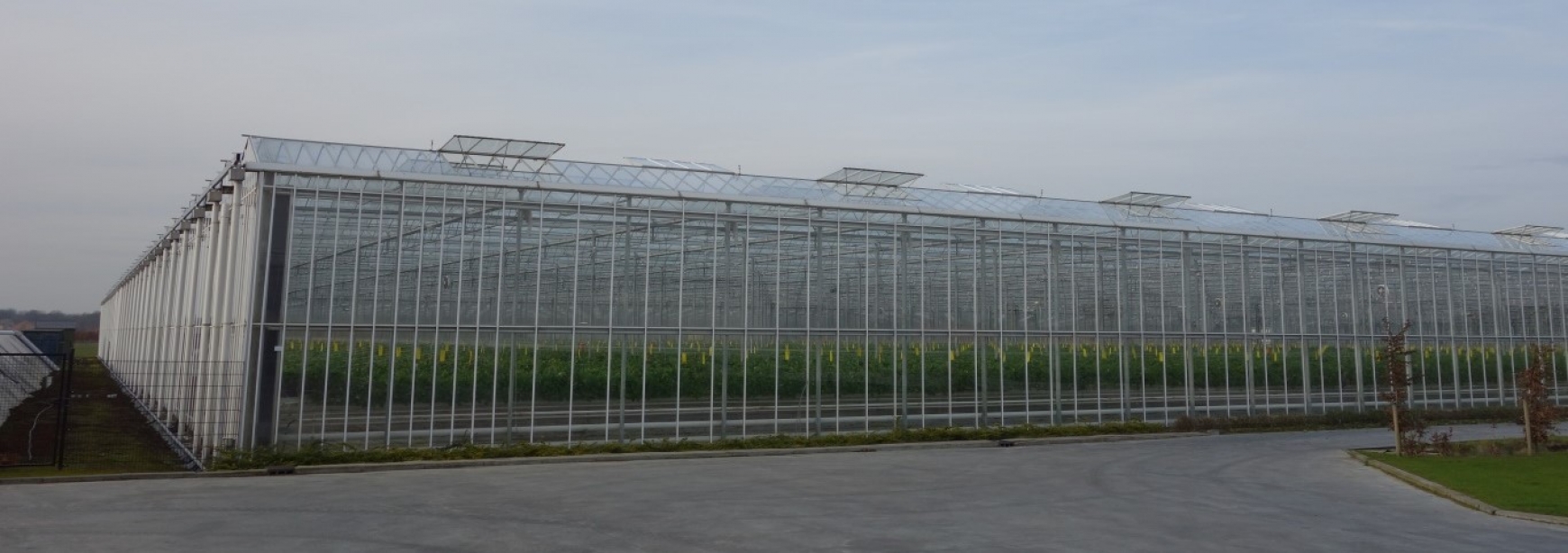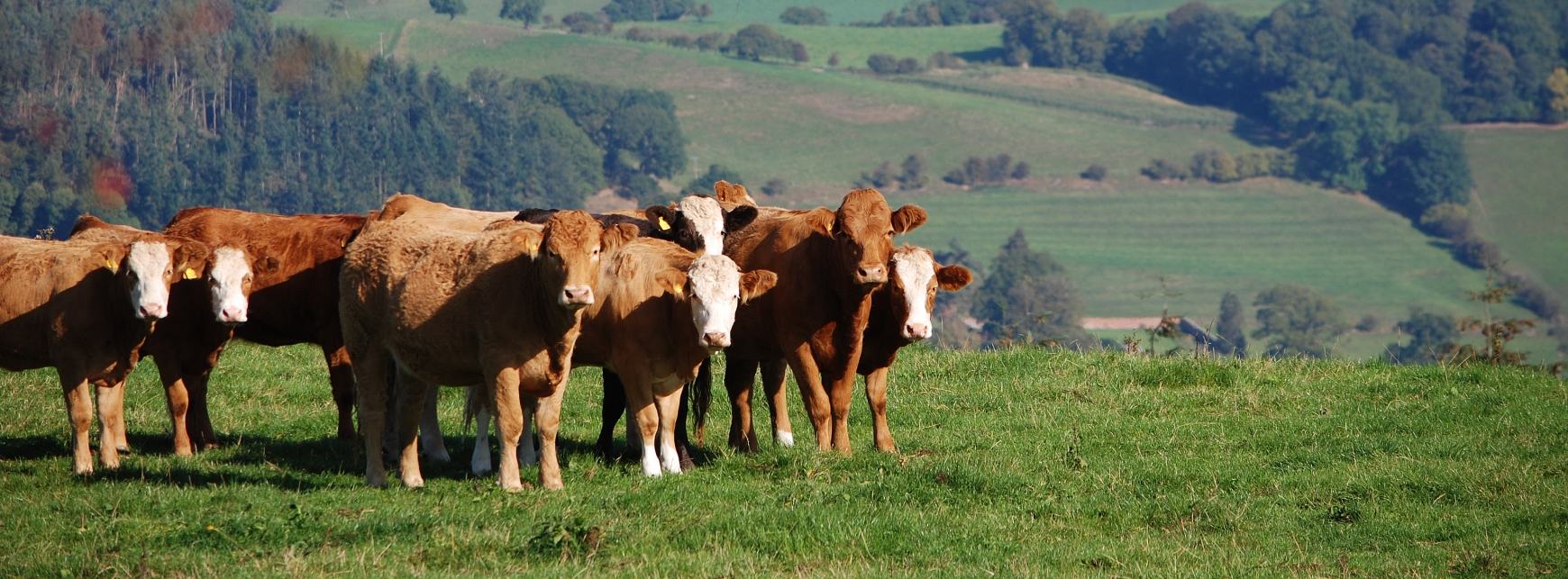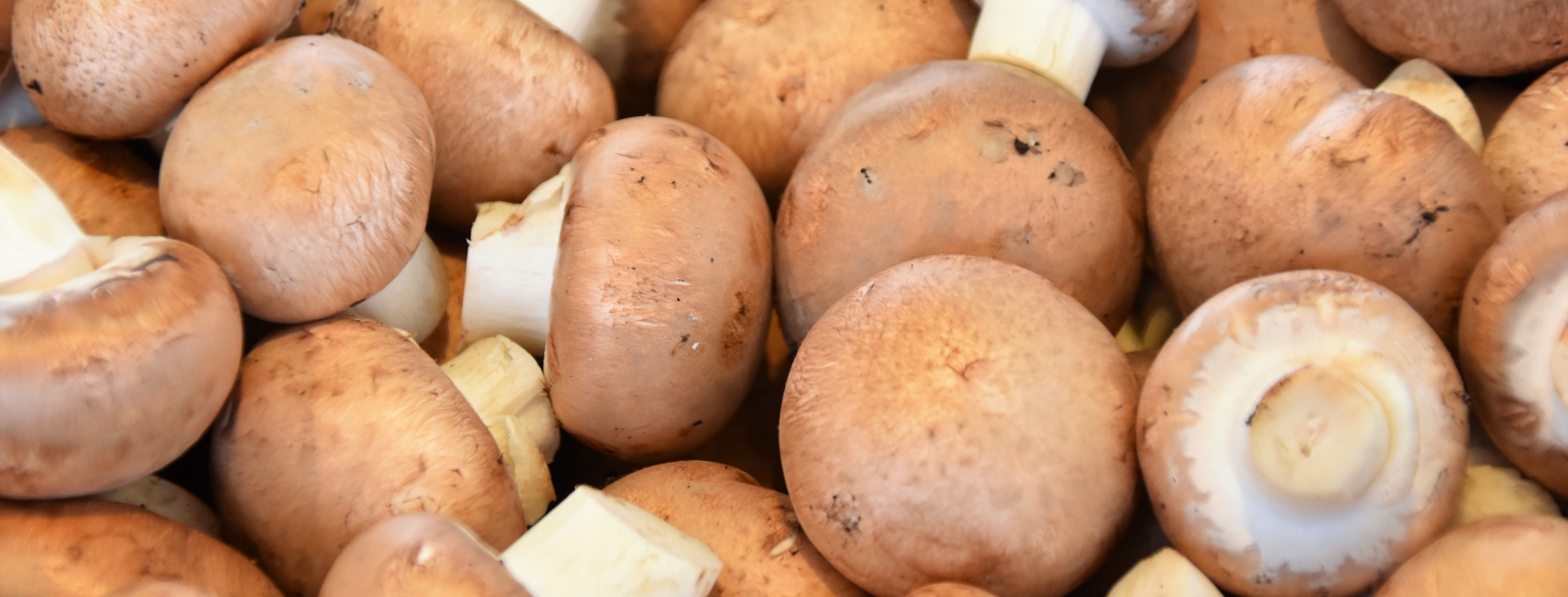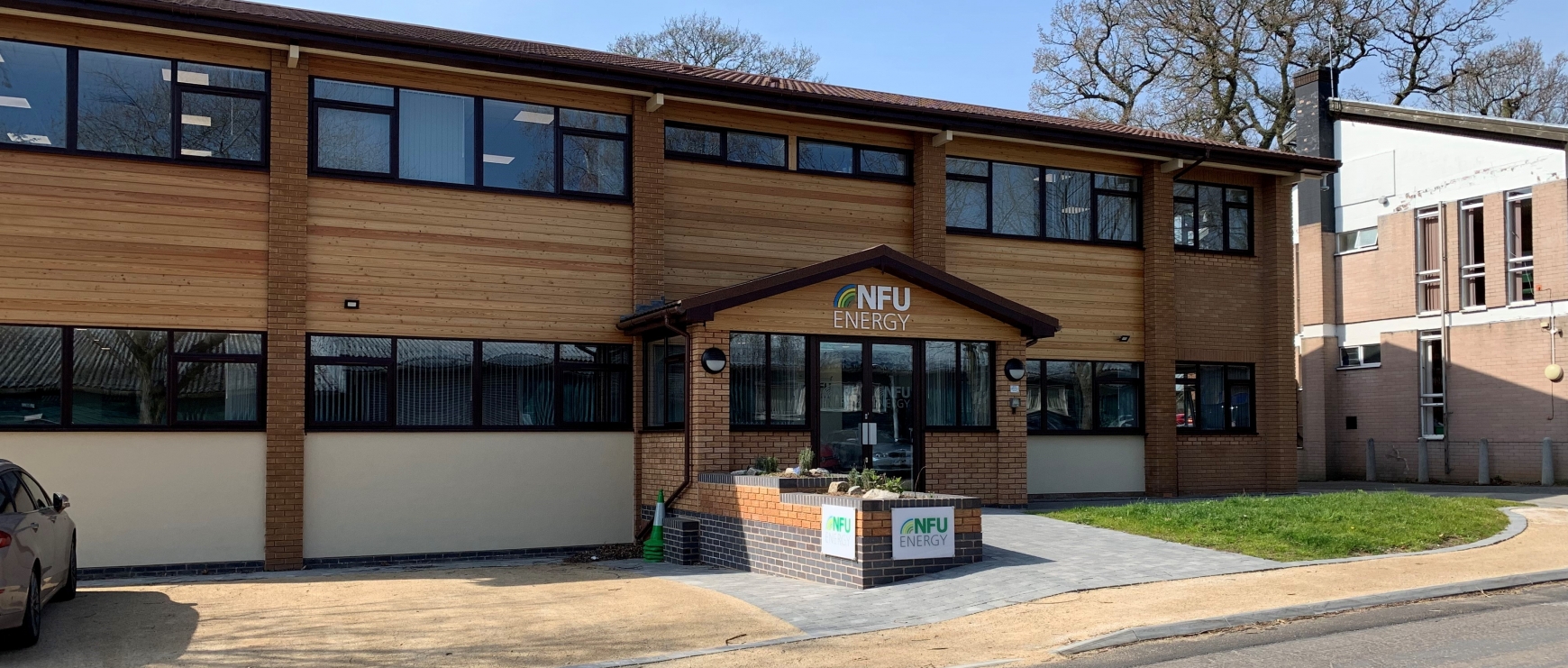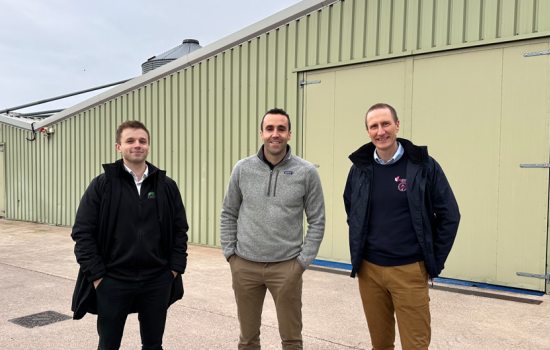Tuesday, 06 August 2019

by Jenny Beynon
Improve light transmission in your glasshouse
You may be familiar with the research – a 1% increase in light can lead to a 1% increase in production – but do you know how to realise the maximum benefit? Even the best glasshouses only transmit somewhere in the region of 60% of sunlight to the crop inside, with many achieving far less. So, what Tuesday, 23 July 2019

by Jenny Beynon
How to achieve good air movement in a glasshouse
Optimising production methods is one of the aims of many greenhouse growers. Determining what makes an optimal climate for crop quality and production, however, can be challenging, and it’s certainly worth bearing in mind that what feels comfortable to a person may be less than ideal for a crop. Thursday, 11 July 2019

by Oli Coe
NFU aims for net zero carbon emissions by 2040
Farmers and growers will be looking to quantify their current carbon emissions and identify areas of improvement in response to the NFU's goal of net zero carbon emissions by 2040 and the Committee on Climate Change announcement of net zero carbon emissions by 2050. Tuesday, 02 July 2019

by Jenny Beynon
Soft Fruit growers benefit from GrowSave
You may recall that GrowSave celebrated its 10th anniversary back in 2017. While we didn’t have any big celebrations, we are proud to have been helping horticulture save energy for over a decade now, and we feel we have made a positive impact during that time. Tuesday, 11 June 2019

by Oli Coe
Plant powered energy savings?
I recently came across a talk about the air ‘purifying’ effect of a number of household plants, and within the talk, the speaker mentioned that alongside improved productivity within offices, the addition of a number of these plants per person resulted in energy savings of around 15%. Tuesday, 14 May 2019

by Steven Leil
CCL horticulture sector saves over £3 million
A number of Horticultural businesses registered on the NFU Climate Change Levy (CCL) scheme have now completed their third Target Period reporting at the start of 2019. Data submissions have been presented to the Environment Agency and the results have been issued to all operators. Tuesday, 07 May 2019

by Oli Coe
Net Zero… the UK’s contribution to stopping global warming
On the 02 May 2019, the Committee on Climate Change (CCC) released a report titled ‘Net Zero, The UK’s contribution to stopping global warming’, which outlines targets and recommendations for all sectors across the UK, Scottish and Welsh economies, aimed at achieving a reduction in net Greenhouse Thursday, 25 April 2019

by Jenny Beynon
All about mushrooms
Today we are representing GrowSave* at the Mushroom Conference and on hand to answer any energy-related questions. The conference aims to bring together the industry during a time of major change, uncertainty and opportunity. Thursday, 18 April 2019

by Jodie Hisgett
When is the best time to sign a fixed contract?
Simply put… there isn’t a steadfast rule to this and it isn’t always in the summer which is a common misconception. Thursday, 11 April 2019

by Jenni Elves
How energy aware are you?
During a recent poll of UK office employees, EON found that a whopping 60% of us are completely unaware of what energy saving practices are being undertaken in our own offices.
Displaying 71 - 80 (of 132 posts)
Pages
Displaying 71 - 80 (of 132 posts)

